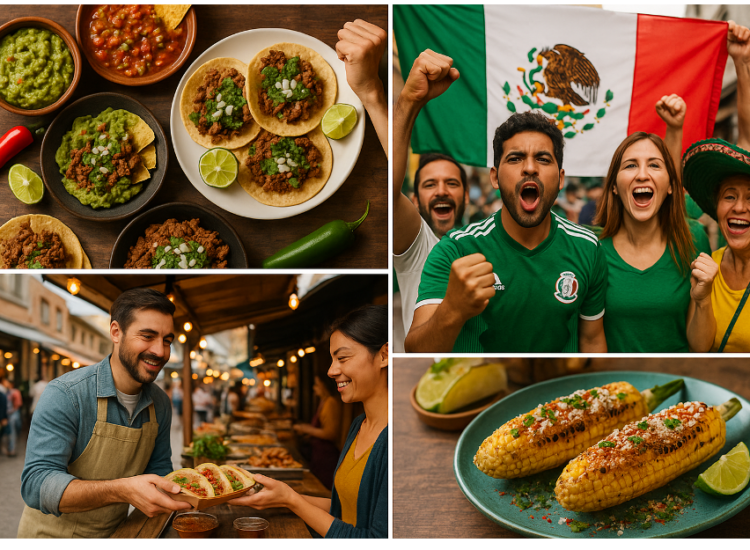Korean Food 101 Blog – Banchan
Banchan (반찬)
If you have ever eaten at a Korean restaurant or at a Korean home, you will always be treated to an array of side dishes which Koreans call “Banchan”.
Banchan is meant to be shared with those you are eating with and it is eaten at almost every meal in Korea. These side dishes come in a vast assortment of options and traditionally, they are always served in odd numbers as there is a belief that even numbers are bad luck.
Most would be surprised to know that Banchan was a result of Buddhist influence where Koreans were on a full non-meat diet for around a thousand years, up until the Mongol Empire re-introduced meat to the Korean diet in the 13th century.
The variety of Banchan is quite extensive and there have been volumes written about it but for simplicity sake, there are six categories that they generally fall under.
6 Kinds of Banchan
Kimchi 
Fermented vegetables seasoned with chilli peppers and salt. This is a staple and eaten at almost every meal. There are over a 100 varieties and I will be dedicating one blog on this one specific dish. In short, the napa cabbage variety of kimchi is the national dish of South Korea and the health benefits are undisputed.
Namul
This refers to steamed, marinated or stir-fried vegetables that has been seasoned with various items such as salt, vinegar, garlic, green onions, dried chili peppers and soy sauce. The oil of choice is usually sesame and each Namul Banchan will be seasoned differently and may or may not include the seasoning mentioned.
 Bokkeum
Bokkeum
his is a stir-fried dish and can be dray or with a savory and sometimes spicy sauce. The word Bokkeum is a word that is generally used for all things stir-fried
 Jorim
Jorim
A broad name used to refer to dishes made of vegetables, meats, seafood or tofu that is simmered for a long period of time with various sauces. The main ingredient in the sauce generally is soy sauce for meats and vegetables but for fish, a chili paste, flakes or powder is often added to give it a kick.
 Jjim
Jjim
This Banchan refers to meat and seafood dishes that have been either steamed or boiled while being marinated in a sauce or soup. One of the more popular versions of Jjim is boiled or steamed egg that is not in its shell. Making this has changed over the years due to the advancement of technology with pressure cookers and boiling is the preferred method rather than steaming.
Jeon
Jeon is a savoury Korean-style pancake. It is made with pancake batter, eggs, and green onions/scallions, served with a mixture of soy sauce & vinegar for its dipping sauce. In translation, Jeon is the actual battered ingredients. The basic type of this dish consists of just scallions
along with pancake mix and eggs but endless variation of this dish does exists by simply adding other ingredients such as seafood, kimchi, or vegetables.
Other kinds of Banchan
The fact that Banchan are side dishes, it is not unusual to see other items included in the Banchan spread. Things like salad, japchae and sometimes they will add side dishes not traditionally Korean like coleslaw, kosher pickles or anything else people can think of to put on the table in small portions.
Taste | Learn | Discover





